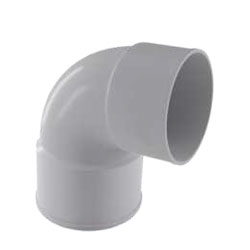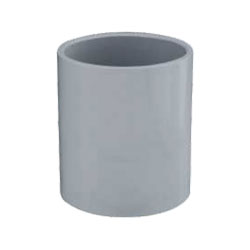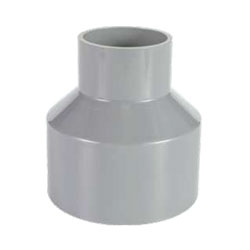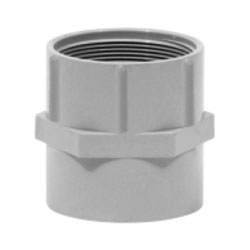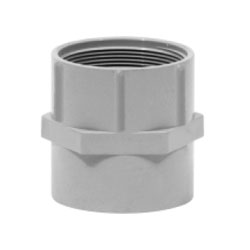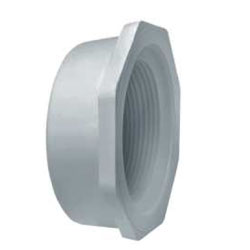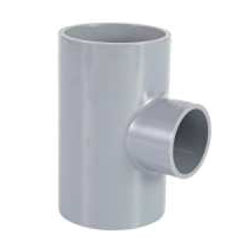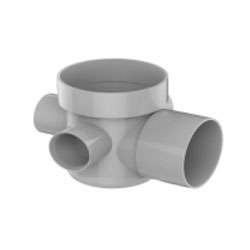
PVC AGRICULTURE Pipes & Fitting
- Non Corrosive
- High strength 6 durability
- Crack & leak proof
- Smooth flow internal surface
- Agricultural & irrigation usage
- Ideal for harsh environments
- Lead free
- life off More than 50 Years
- Agriculture & Water Distribution System
Agriculture - PVC Sel-Fit Pipes & Fittings Pipe IS : 4985 & Fittings IS : 7834
Fittings
Standard & Specification
PROPERTIES OF Pvc Agriculture PIPES:
Vigor PVC agriculture pipes and fittings are specifically designed for use in agricultural irrigation systems. These products are engineered to meet the unique requirements of agricultural applications. Here are some general properties associated with Vigor PVC agriculture pipes and fittings:
High-Quality PVC Material:
Vigor PVC agriculture pipes and fittings are typically made from high-quality polyvinyl chloride (PVC), ensuring durability, longevity, and resistance to environmental factors.
UV Resistance:
These pipes and fittings are formulated to withstand prolonged exposure to ultraviolet (UV) radiation, ensuring that they remain stable and durable when exposed to sunlight in outdoor agricultural settings.
Chemical Resistance:
They resist a wide range of chemicals commonly found in agricultural environments, including fertilizers, pesticides, and herbicides, ensuring long-term reliability and performance.
Smooth Interior Surface:
The interior surface of Vigor PVC agriculture pipes and fittings is smooth, promoting efficient water flow and minimizing friction losses, which is essential for maximizing irrigation efficiency.
Ease of Installation:
The interior surface of Vigor PVC agriculture pipes and fittings is smooth, promoting efficient water flow and minimizing friction losses, which is essential for maximizing irrigation efficiency.
Corrosion Resistance:
They are resistant to corrosion and rust, making them suitable for use in various soil types and agricultural environments without the risk of degradation over time.
Flexibility:
These pipes and fittings exhibit a degree of flexibility, allowing them to accommodate ground movement and variations in terrain, which is particularly beneficial in agricultural applications where soil conditions may change.
Flexibility:
These pipes and fittings exhibit a degree of flexibility, allowing them to accommodate slight movement and variations in plumbing system layout, which is beneficial for avoiding stress and potential failures over time.
Note: Vigor Pvc Agriculture means unplasticised polyinylchloride pipe, also frequently referred to as rigid PVC pipe. The word rigid does not explain its structure, but denes a property, which is self explanatory.
Installation Guide
Easy and 100% leakproof installation.
Step 1: Cutting
Measure the pipe length accurately and make a visible marking using a felt tip pen. Ensure that the pipe and fittings are size compatible. You can easily cut with a plywood cutting saw/ ratchet cutter or a wheel cutter. Cutting the pipe as squarely as possible (at 90°) provides optimal bonding area within a joint. Inspect pipe ends thoroughly prior to making a joint. If a crack or splintering is noticed cut-off a minimum of 25 mm beyond the visible crack before proceeding.

Step 2: Deburring/Beveling
Burrs in and on pipe end can obstruct flow/proper contact between the pipe and socket of the fitting during assembly and should be removed from both in and outside of the pipe. A 15 mm dia half round file/a pen knife or a deburring tool are suitable for this purpose. A slight bevel on the end of the pipe will ease entry of the pipe into the socket of the fitting socket.

Step 4: Fitting Preparation
Using a clean dry rag, wipe the dirt and moisture from the fitting sockets and pipe end. Dry fit the pipe to ensure total entry into the bottom of the fittings socket and make a visible marking using a felt tip pen.
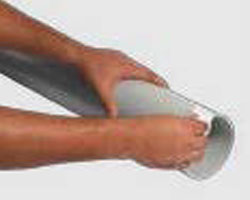
Step 5: One Step Solvent Cement Procedure
Use only Ashirvad FLOWGUARD PLUS™ CPVC Solvent cement conforming to ASTM F-493 to ensure a perfect solvent weld Joint. When making a joint, apply an even coat of solvent cement at the end of the pipe and also inside the fitting socket. Do not use thickened or lumpy solvent cement. It should have a flow consistency like that of syrup or paint.

Step 5: Assembly
Immediately insert the pipe into the fitting socket, rotate the pipe 1/4 to 1/2 turn while inserting. This motion ensures an even distribution of solvent cement within the joint. Properly align the fittings as per patented alignment system shown with picture diagram on the right side. Hold the assembly for 30 seconds to allow the joint to setup and avoid push-out.









